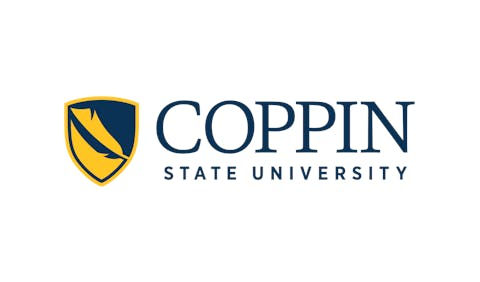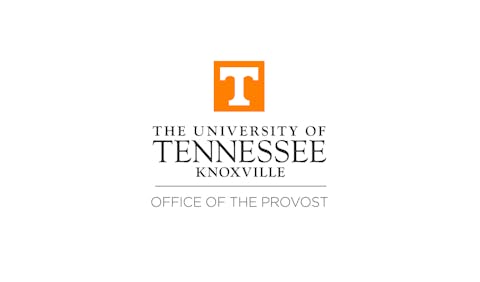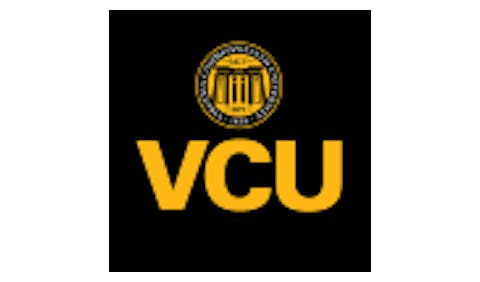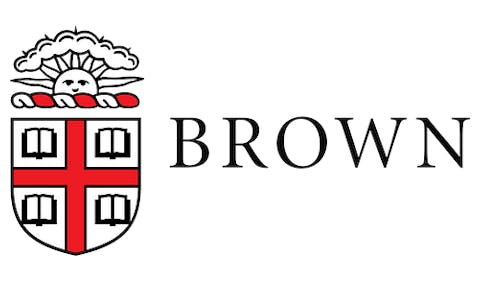 Dr. Mordecai Ian Brownlee
Dr. Mordecai Ian Brownlee
With a few weeks remaining in the spring 2025 semester, higher education institutions are developing their 2026 fiscal year budgets amid uncontrollable disruption. This included not only federal budget reductions but also state-level budgets. According to The Pew Charitable Trusts, in the fiscal year 2024, inflation-adjusted tax revenue fell in 40 states, marking the first consecutive years of decline for most states since the 2007-09 Great Recession. Consequently, the higher education sector is directly impacted by this taxation reality as nearly 80% of state funding for postsecondary education is allocated directly to institutions via state higher education funding formulas, according to the National Conference of State Legislatures. Such impacts place strain on an institution’s ability to fulfill its mission, strategic objectives, and, ultimately, its institutional effectiveness. In addition, with an increasing proportion of U.S. adults reporting they have little or no confidence in higher education, now is not the time for higher education to wane in its ability to increase its speed of responsiveness and relevance in the quest for America to strengthen its workforce and geopolitical standing.
As higher education works to develop and finalize its 2026 fiscal budgets, the following are opportunities for institutions to consider in their efforts to ensure strategic day-to-day operational alignment, impact, and market relevance:
Update Institutional Environmental Scans. At the current rate, the U.S. federal government is enacting change at a historical pace – nearly daily. Depending on when your institution developed its institutional strategic plan, the information used to shape the development of objectives and goals may no longer be accurate. By design, environmental scans provide organizations with critical information on the internal and external landscape, including political, economic, socioecological, technological (PEST), industry, and workforce trends, as well as threats that can impede institutional and student success. Furthermore, institutions should develop a system for conducting annual environmental scans to ensure that all efforts undertaken by the institution are aligned with market and stakeholder needs. Doing so will ensure that fiscal strategy is appropriately calibrated to invest in the fulfillment of the institutional strategic plan, informed by a successful environmental scan.
Recalibrate Key Performance Metrics (KPMs) and Key Performance Indicators (KPIs). Key performance metrics are the critical points of performance assessment that our institution should deploy in daily operations to ensure that key performance indicators are achieved. Institutional fiscal strategy should empower KPMs to be fulfilled by appropriately investing in the systems and resources necessary to ensure KPIs are achieved. This symbiotic relationship is a delicate one that can either cause an institution to soar or crumble due to a lack of systematic intentionality. Now, more than ever, institutions must have a clear sense of the return on investment for their various upgrades, purchases, installations, and investments. All such efforts should be directly tied to KPMs and KPIs and regularly assessed to promote institutional excellence.
Allow the Institutional Mission to Guide. An institutional mission statement should provide educators serving that college or university with a clear sense of the institution’s identity: who it serves (i.e., learner population), what services are provided (i.e., high-quality instruction and student support), and the desired outcomes of those services (i.e., transferability and employment). D espite any headwinds an institution may encounter, its mission will guide all efforts – if it allows itself to do so.
All fiscal strategies should be centered on ensuring the fulfillment of the institution’s mission, considering the environmental realities that ensure institutional relevance and sustainability. Such institutional strength is possible when an institution works diligently to fulfill its KPMs and, ultimately, its KPIs, which drive strategic goals and objective attainment. From there, institutions can fund innovations to ensure performance excellence and maintain a strong institutional response, given the changing landscape. The urgency is at an all-time high for institutions to properly align their institutional strategy, ensuring a strong return on investment (ROI) for learners, educators, and stakeholders alike.
Dr. Mordecai Ian Brownlee is President of Community College of Aurora.



















